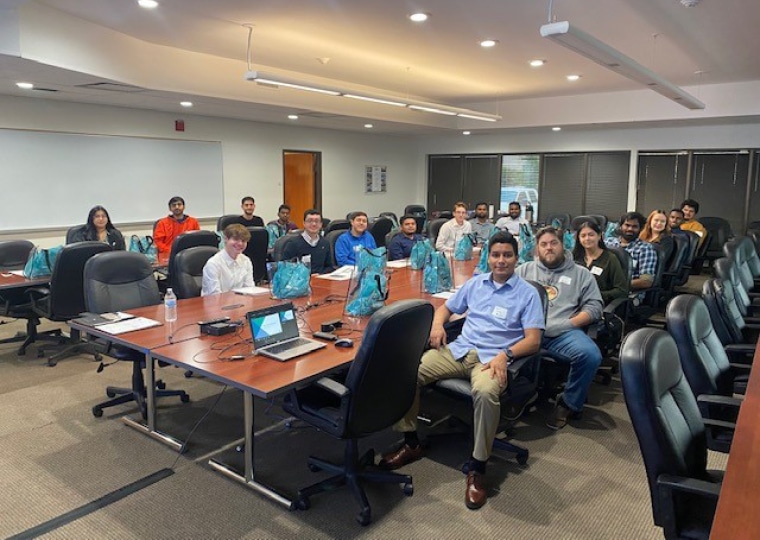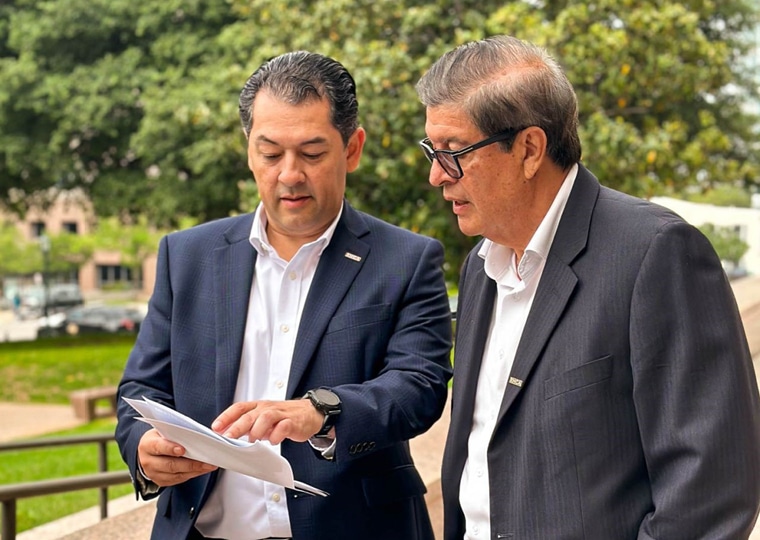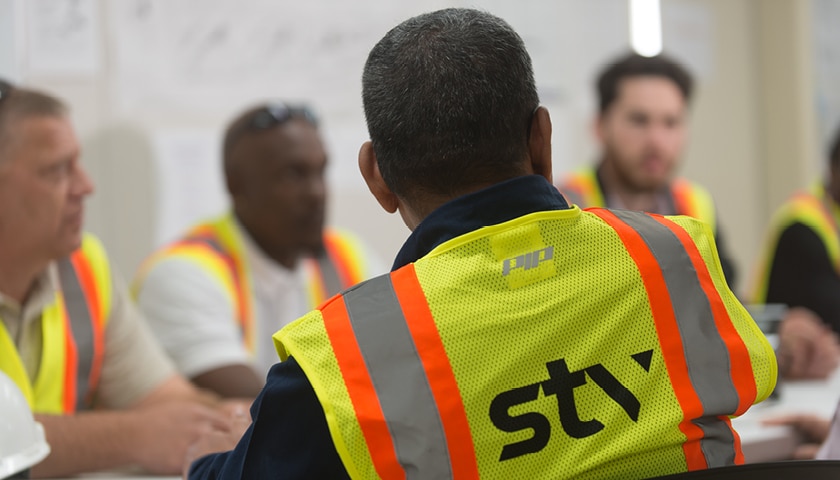
The Housing and Urban Development (HUD) Act of 1968, a crucial expansion to the Civil Rights Act signed that same year, was the first major step toward fair housing for all. Section 3, a provision of the HUD Act, enables recipients of financial assistance to provide job training, employment, and contracting opportunities for low-income residents in connection with projects in their neighborhoods.
Nearly 55 years later, the program has flourished, and public housing residents have a starting point to obtain job training, employment, and an integral foundation for economic advancement and self-sufficiency.
STV, a leader in collaboration and mentorship, and a firm with more than 20 years of Construction Management (CM) experience in public housing, is a longtime supporter of the Section 3 Program and Mentorship for Minority, Women, & Local Business Enterprises (MWLBE).
Following last year’s passage of the Infrastructure Investment and Jobs Act (IIJA), the U.S. Department of HUD announced the availability of $5 million in technical assistance funds to further invest in disadvantaged communities.
In this CM roundtable, members of STV’s Construction Management (CM) team including, Luis Delgado, CCM, PMP, president of national CM group; Sokol Bejleri, PMP, CCM, LEED AP BD+C, vice president and program manager; Steve Belletti, CCM, vice president and territory manager; James Murphy, P.E., CCM, LEED AP, business development director; George Toma, AIA, vice president and project executive; and Vincent Zito, CCM, vice president and project manager, reflect on the partnership opportunities enabled by mentorship programs, community benefits, and project memories.
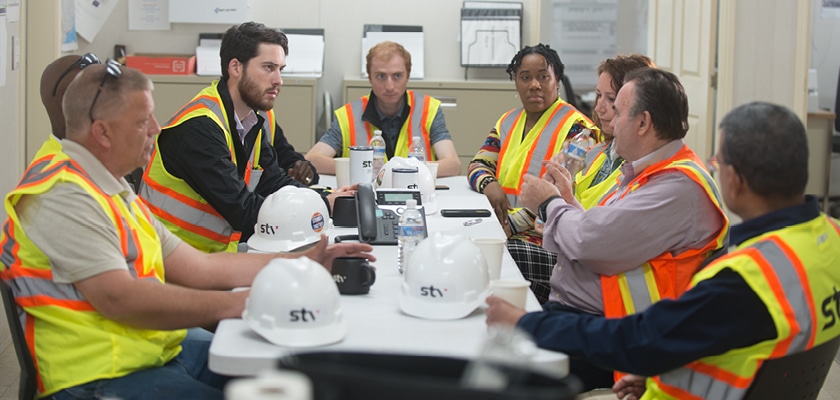
What experience does STV have in serving clients and communities in public housing?
Sokol Bejleri: STV’s CM work includes anything from multiple, critical upgrades from elevator replacements and façade repairs; to emergency or resilience-related improvements; to sustainable, energy-efficiency modernizations. Our goal is to serve our clients in enhancing the quality of life and safety of their residents, be it through regular maintenance or scheduled upgrades.
Luis Delgado: As CM, our goal is to weave the fabric of the community into our projects. Part of that means bringing in companies that have ties to the community who understand the unique needs and challenges of each project. It makes it easier for us to successfully navigate the project and provide the community with a project best suited for them.
James Murphy: At STV, we understand the importance of involving residents and the community from the very beginning of comprehensive modernization programmatic ideas. Communication is very important, so we understand their needs and concerns, and are able to address them expeditiously. Our goal is to minimize any disruptions to the day-to-day lives of residents and to maximize their standard of living.
How Section 3 programs benefit those residents?
Vincent Zito: Residents who are trained in CM work hand-in-hand with us every day on projects, and eventually grow into highly-skilled, technical experts. They can take that expertise with them to a new position, or, like many on my team, chose to stay with STV. Residents who have undergone this training are often the unsung heroes of projects. They’re in tune with the communities we’re serving and bring an invaluable level of understanding to each task. They become ambassadors on behalf of the firm: they’re part of the community and take it very seriously.”
Steve Belletti: STV has a long history of leadership in these areas and plays a key role as part of the fiber of New York City – improving the quality of life in everything we touch. That means a lot to me as a professional and fellow New Yorker.
And the clients?
Sokol Bejleri: Our mission is to serve our clients and to ultimately enhance the quality of life and safety of residents. Part of that is utilizing Section 3 and minority- and women-owned business enterprises in meaningful project delivery roles. We, with the clients, get to be part of helping these residents move their lives forward.
Luis Delgado: Exactly. We want to support local MWBEs because that’s an important element for clients and communities.
George Toma: These programs provide a rare opportunity: to bid and build construction projects. Other programs may certify contractors as a minority or women-owned business, but then they are on their own to secure work (typically as a subcontractor).
James Murphy: Our expertise in digital and data analytics afford us the opportunity to program these comprehensive modernizations effectively by giving real-time data and feedback to clients on the status, and best ways to proceed while the project and program are still underway.
How do mentorship programs benefit firms like STV?
Luis Delgado: There’s a real need for resources and experienced professionals in our field right now. To be able to find local folks is an important element in supporting CM growth. On a larger scale, this plays into our firm’s commitment to advance equity in infrastructure by increasing the number of historically underutilized businesses (HUBs) on our projects.
Steve Belletti: It’s really rewarding working with colleagues and for an organization like STV that has played such a fundamental role in creating opportunities for historically underprivileged individuals in our society. Through programs like NYCHA Section 3 and NYSCA Mentoring, we significantly alter the trajectory of the folks we work with. Our interaction provides them with generational change that will benefit them, their families, and America as a whole for many years to come.
George Toma: The relationships we foster help us grow our network of professionals, so we can find the right contractor for each unique project we may have outside the SCA.
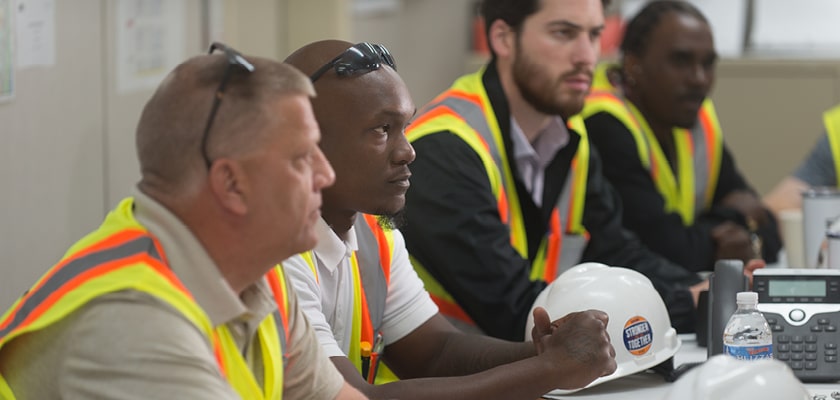
What does STV do differently when it comes to mentoring MWLBEs?
George Toma: STV mentors small MWBE firms with the ins and outs of public contract’s paperwork, ordering equipment/materials, scheduling and estimating skills, safety, and attaining bonds and loans. This allows them to grow their businesses and become successful contractors. The goal is to help them grow from a small (mostly family) business into a company that can bid on large-scale projects.
By offering the small MWBE contractor to bid as a prime contractor through the mentor program and mentoring them on the projects, they can go after large projects of their own.”
Sokol Bejleri: Many of the residents who we trained and hired 20 years ago have become part of STV. There’s a real need for more CM professionals in the wake of the IIJA, and these programs can help grow our network of peers.
What does this mean for the CM industry?
Vincent Zito: The people who stay on past any particular project become highly technically skilled professionals. Many of them have been able to specialize in niche areas (closed circuit television, exterior lighting, etc.) that make them highly sought-after employees. I’m very proud that so many choose to stay with STV.
Steve Belletti: In addition to niche specialties, mentees in these programs also have the opportunity to walk through the entirety of a project; from estimating, to project execution, and closeout. Their knowledge base of the big picture will make for a very well-rounded group of CM professionals.
STV’s CM is currently developing solutions for clients throughout the country, from New York City, Dallas, and Los Angeles. For more information, visit our website’s portfolio page.
